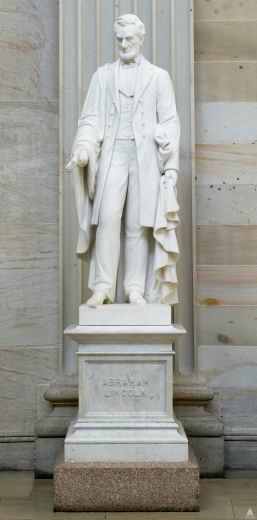
Featured
Located north of the Capitol Rotunda is the richly decorated Old Senate...
Featured
The Office of Congressional Accessibility Services (OCAS) provides a variety...
Featured
Featured
The Architect of the Capitol has begun work on the construction of the 2013...








